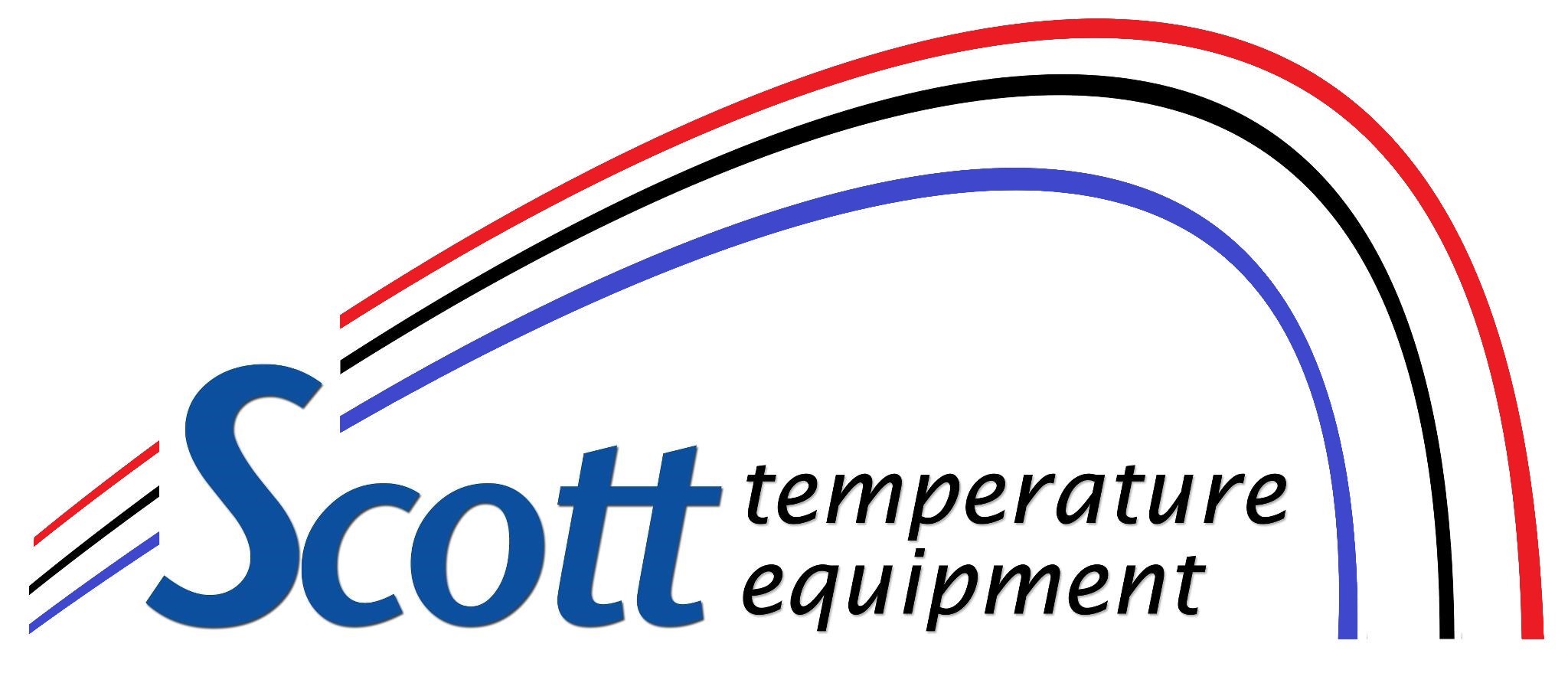
We spend a lot of time inside. In reality, the Environmental Protection Agency (EPA) has determined being inside comprises 90% of our schedule. Having said that, the EPA also has determined your indoor air can be three to five times more polluted than outdoors.
That’s because our homes are tightly sealed to boost energy efficiency. While this is great for your energy bills, it’s not so fantastic if you’re amid the 40% of the population with respiratory allergies.
When outside ventilation is insufficient, pollutants including dust and volatile organic compounds (VOCs) might get trapped. As a consequence, these pollutants can aggravate your allergies.
You can boost your indoor air quality with clean air and usual dusting and vacuuming. But if you’re still struggling with symptoms while you’re at your house, an air purifier may be able to help.
While it can’t eliminate pollutants that have landed on your furniture or carpeting, it may help freshen the air traveling across your residence.
And air purification has also been scientifically confirmed to help lessen some allergic symptoms, according to the American College of Allergy, Asthma and Immunology. It could also be useful if you or someone in your household has lung issues, like emphysema or COPD.
There are two kinds, a portable air purifier or a whole-home air purifier. We’ll go over the distinctions so you can figure out what’s correct for your home.
Whole-House Air Purifier vs. Portable Air Purifiers
A portable air purifier is for a single room. A whole-house air purifier works alongside your HVAC unit to clean your entire residence. Some models can purify independent when your heating and cooling equipment isn’t operating.
What’s the Best Air Purifier for Allergies?
Seek a purifier with a High Efficiency Particulate Air (HEPA) filter. HEPA filters are installed in hospitals and provide the most comprehensive filtration you can get, as they trap 99.97% of particles in the air.
HEPA filters are even more useful when installed with an ultraviolet (UV) germicidal light. This powerful combination can wipe out dust, dander, pollen and mold, all of which are common allergens. For the best in air purification, evaluate equipment that also has a carbon-based filter to reduce household odors.
Avoid buying an air purifier that makes ozone, which is the main component in smog. The EPA advises ozone may worsen respiratory problems, even when emitted at low settings.
The Allergy and Asthma Foundation of America has created a checklist of questions to ask when getting an air purifier.
- What can this purifier remove from the air? What doesn’t it remove?
- What’s its clean air delivery rate? (A higher number means air will be purified more quickly.)
- How frequently does the filter or UV bulb need to be changed]? Can I complete that without help?
- How much do spare filters or bulbs cost?
How to Reduce Seasonal Allergy Symptoms
Want to have the {top|most excellent|best] performance from your new air purification unit? The Mayo Clinic recommends taking other steps to decrease your exposure to seasonal allergy triggers.
- Stay indoors and keep windows and doors shut when pollen counts are elevated.
- Have other family members cut the lawn or pull weeds, since these jobs can irritate symptoms. If you are required to do this work yourself, you might want to consider using a pollen mask. You should also rinse off without delay and change your clothes once you’re done.
- Avoid stringing up laundry outside.
- Turn on your air conditioner while at your house or while driving. Consider using a high efficiency air filter in your residence’s heating and cooling equipment.
- Even out your house’s humidity levels with a whole-house dehumidifier.
- Hardwood, tile or linoleum are the suggested flooring types for decreasing indoor allergens. If your residence has carpet, use a HEPA filter on your vacuum cleaner.
Let Our Pros Take Care of Your Indoor Air Quality Requirements
Ready to progress with getting a whole-house air purifier? Give our experts a call at 785-269-0465 or contact us online to schedule an appointment. We’ll help you find the best equipment for your residence and budget.
